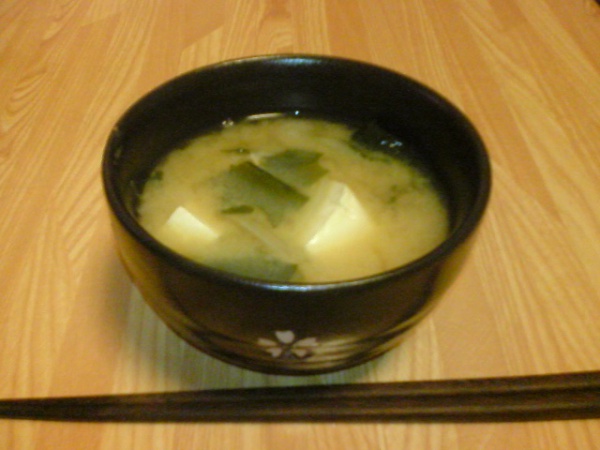Facts About Miso soup
Miso soup, a cherished traditional Japanese dish, melds softened miso paste with a savory dashi broth. It stands alongside clear soup (suimono) as a cornerstone of Japanese cuisine. The flavor and profile of miso soup significantly depend on the type of miso paste used, which can be red (akamiso), white (shiromiso), or a blend (awase). Regional varieties, such as Shinshū miso or Sendai miso, offer their unique flavors.
The dashi broth, the essence of miso soup, is typically crafted from ingredients like dried baby sardines, kombu (dried kelp), katsuobushi (dried and smoked bonito flakes), or hoshi-shiitake (dried shiitake mushrooms). Traditional additions like green onions (negi), tofu, mushrooms, seaweed, potatoes, shrimp, and daikon radish contribute depth and diversity to the soup, creating a delightful array of colors, textures, and flavors.
To prepare miso soup, the vegetables and proteins are usually cooked in the dashi broth. Separately, miso paste is dissolved in a small amount of dashi before being combined with the soup. In Japan, miso soup is commonly enjoyed during breakfast alongside white rice. For those pressed for time, instant miso soup is available in convenient single-serving packets.
Besides its delicious taste, miso soup boasts notable health benefits. Regular consumption may help reduce the risk of breast cancer in women. Additionally, it's a low-calorie, high-protein dish, making it a nutritious addition to any diet.
